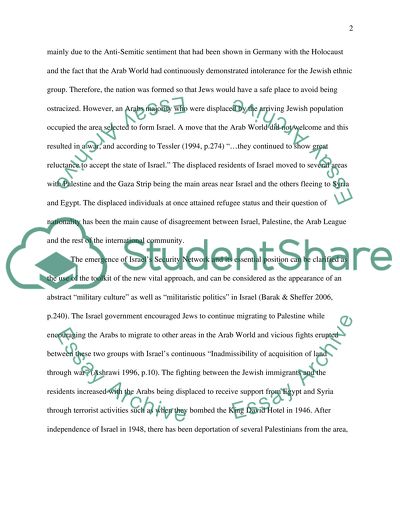Cite this document
(“The Impossible Peace: Why has it been so difficult to achieve peace Essay”, n.d.)
The Impossible Peace: Why has it been so difficult to achieve peace Essay. Retrieved from https://studentshare.org/history/1494928-the-impossible-peace-why-has-it-been-so-difficult
The Impossible Peace: Why has it been so difficult to achieve peace Essay. Retrieved from https://studentshare.org/history/1494928-the-impossible-peace-why-has-it-been-so-difficult
(The Impossible Peace: Why Has It Been so Difficult to Achieve Peace Essay)
The Impossible Peace: Why Has It Been so Difficult to Achieve Peace Essay. https://studentshare.org/history/1494928-the-impossible-peace-why-has-it-been-so-difficult.
The Impossible Peace: Why Has It Been so Difficult to Achieve Peace Essay. https://studentshare.org/history/1494928-the-impossible-peace-why-has-it-been-so-difficult.
“The Impossible Peace: Why Has It Been so Difficult to Achieve Peace Essay”, n.d. https://studentshare.org/history/1494928-the-impossible-peace-why-has-it-been-so-difficult.


